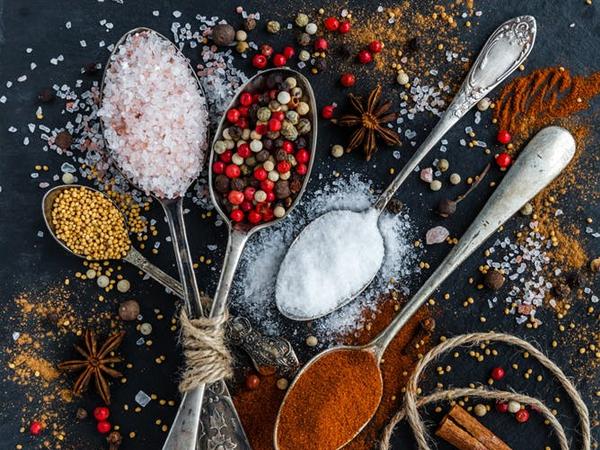Many believe that intermittent fasting, vegetarian diets, and some other aspects of the meals we have during religious festivals, is actually good for our body. Some suggest that it is cleaner simply because it is vegetarian, some are swayed by the “holy” tag, while some associate not eating with losing weight and being “cleansed.” Since there’s a large section of the population which actually puts their metabolism through this whole process at this time of the year, it is important to ask the obvious question: are puja diets and fasts actually good for your body? Let’s find out.

What’s in a typical Navratri diet?

North Indians “fast” by eating certain foods during Navratri. Sabudana replaces most other grains. Sendha namak, a kind of rock salt, replaces sea salt which is considered “non-veg” because it is “contaminated” by fish. So, sweet potatoes, kuttu atta, singhara atta, fried sabudana tikkis, sabudana khichdi, and items cooked in this rock salt are consumed.
Now, the Bengali Durga Puja diet is different

Bengalis fast till the “anjali” which takes place in the morning. Prior to this, no food is allowed barring fruits and sweets. Post this, vegetarian fare is served, with the day of Mahaashtami being strictly vegetarian. Fried pooris, oily pulao, fried eggplant, rice khichdi with fried vegetable sides are common staples throughout the four days of the festival.
The nutritional benefits which could be healthy
Sabudana is a rich source of carbohydrates. In fact, it is almost a pure carb, which makes for great sustenance food. It gives you instant energy and is a great addition to your diet. Rock salt, similarly, contains potassium, calcium, and traces of other minerals which are great for our body and usually absent in regular processed table salt. Buckwheat, or kuttu atta, is another healthy item consumed instead of regular wheat or flour, and is rich in protein, fibre, and B vitamins.

Plus, even when people are not allowed to eat these items, fruits and veggies like cucumbers are fair game. So, all the antioxidants and vitamins in these foods is definitely available for consumption. All this clearly indicates that such a diet would be healthy, right? Not quite.
Our preparation and skewed portion-control is what messes everything up
Sabudana is great, but it soaks up a lot of oil. Also, its high carb content might not make it the ideal choice for people with high blood sugar. The fried tikkis of it we consume in abundant quantities, are not healthy in anyway. Similarly, people who drink ten cups of tea or coffee while “fasting” are subjecting their empty stomach to an overdose of caffeine and sugar. Sweets, the oft-neglected devil of Indian food, are another item which fails to allow such a diet to be remotely healthy.

Ergo? Our day-to-day diets consisting of regular old roti-sabzi and daal is probably a lot healthier. Even the home-cooked fish, eggs, or chicken we eat every day is not as bad for our system as those pushing religion-related vegetarianism make it out to be. In fact, protein helps build one’s metabolism and should be had in larger portions as compared to daal and roti (both of which have less protein and more carbs as compared to eggs, chicken, fish, meat etc).




